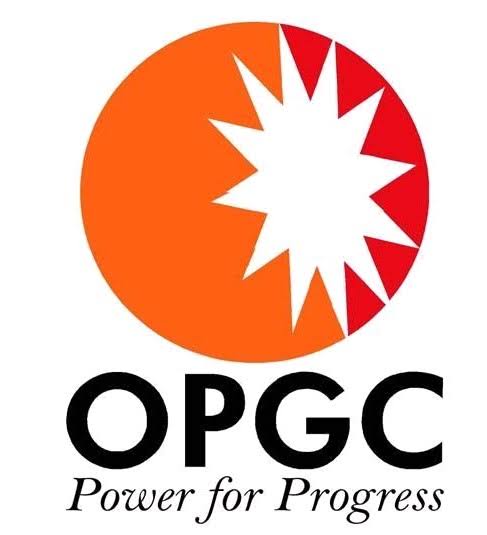OPGC Board Approves OCPL Merger

Debate grows in Odisha as OPGC Board approves plan to merge OCPL, raising questions on jobs, growth, and future energy costs.
Bhubaneswar : The Odisha Power Generation Corporation (OPGC) has taken a major decision by approving the merger of Odisha Coal and Power Limited (OCPL) with itself. Currently, OPGC owns 51 percent of OCPL’s shares while the Odisha state government holds the remaining 49 percent. To move forward, the OPGC Board has sought the state government’s approval for the merger plan.
The proposal has already sparked debate in policy and business circles. Many experts are worried that the merger could weaken OCPL’s independent identity and slow down its fast-growing operations. While OPGC focuses on generating electricity, OCPL has been developing as a successful coal mining company. Combining the two, critics argue, may not be beneficial for Odisha’s long-term energy and economic interests.
OCPL has emerged as a key player in Odisha’s coal sector over the past six years. It has been supplying coal to OPGC from its two Manoharpur mines while steadily expanding production. In 2023–24, the company produced 12 million tonnes of coal, and this year it has set a target of 16 million tonnes.
Recently, OCPL achieved another milestone by acquiring Tangardihi (North) in Sundargarh district—the state’s first commercial coal mine—with an annual capacity of 16 million tonnes. The company’s operations are not only meeting OPGC’s demand but also creating opportunities for growth in the state’s coal industry.
Experts estimate that OCPL’s commercial mining could add around 5,000 new jobs, giving a strong push to the local economy. The company has also earned national recognition, winning the 5-star rating award for excellence in mine management for four consecutive years.
Despite these achievements, OPGC has proposed merging OCPL into its structure. Energy analyst Anand Mahapatra has strongly opposed this move. He argues that merging a coal-producing company with a power-generating company will reduce OCPL’s independence, block fresh investments, and limit job creation. “This plan is harmful for the people of Odisha,” he said, urging the government to stop the proposal.
Critics also point out that unlike NTPC, which created a separate subsidiary for coal mining to strengthen its structure, OPGC is trying to absorb OCPL. They warn this could disrupt ongoing expansion projects and future growth.
On the other hand, supporters of the merger claim it will help OPGC lower power generation costs. With lower input costs, electricity consumers in Odisha could benefit from reduced tariffs. The merger, they say, will create a streamlined structure by combining power production and coal supply under one management.
However, experts warn that such financial benefits may be temporary. Starting April 2026, the GST compensation cess of Rs 400 per tonne on coal is set to end. Once that happens, the cost advantage of merging OCPL with OPGC might disappear.
The state government now has the final say on whether the merger will move forward. While OPGC sees the proposal as a step to strengthen its power generation base, critics argue it could stall OCPL’s independent journey as a successful mining company.
The debate highlights a larger question: should Odisha focus on keeping OCPL as a separate, growing coal company that creates jobs and drives investment, or merge it with OPGC for short-term benefits in electricity pricing?
For now, the merger plan has divided experts, industry leaders, and citizens alike. The state government’s decision in the coming months will determine the future of both OPGC and OCPL, as well as the shape of Odisha’s energy sector.









